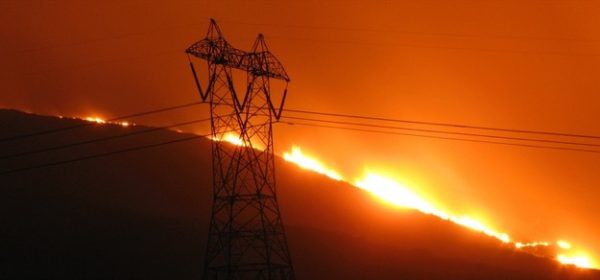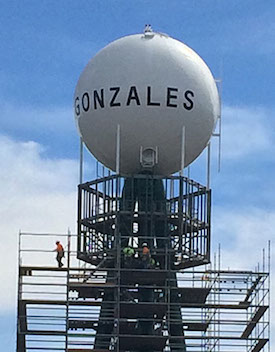Companies
Steve Blum: End of net neutrality means more corporate control of Central Coast media and speech

By Steve Blum
Tellus Venture Associates
Special to Santa Cruz Tech Beat
December 7, 2017 — Santa Cruz, CA
Why Net Neutrality matters to the Central Coast
The Federal Communications Commission is on a fast and narrow track to repeal network neutrality rules and declare broadband industry regulation off limits. The three republican commissioners say they’ll vote next Thursday, December 14, to scrap the broadband regulatory regime enacted during the Obama administration, also on a 3 to 2 party line vote.
It’s a particularly important decision for people on the Central Coast, where the broadband market is dominated by the three biggest providers – Comcast, Charter and AT&T – with the greatest incentive to use their control of the Internet’s plumbing to send more of their, um, stuff your way.
Comcast, which owns NBC/Universal, has already backed away from the net neutrality pledge it made while ever so humbly (and unsuccessfully) sought permission to add Time Warner and Charter cable systems to its domain in 2014. AT&T has a similar non-promise on the table, and can be expected to stick to it while it tries to buy Time Warner media and content companies. After that, all bets are off. Same with Charter, which is controlled by Liberty Media and likewise tied to content ownership.
The top level issue is whether broadband is a telecommunications service or an information service.
It’s a telecommunications service and subject to common carrier style regulation if it involves “the transmission, between or among points specified by the user, of information of the user’s choosing, without change in the form or content of the information as sent and received”, as federal law puts it. Otherwise, broadband is an information service and federal, state and local agencies, and particularly the FCC and California Public Utilities Commission, have very limited authority over it.
Twenty years ago, when Internet access was inextricably tied to the email, chat room, portal and home page features offered by the likes of AOL and CompuServe, the FCC decided it was an information service and left it alone. Looking back, it was both the correct decision and a good one.
Times have changed
Simple Internet access is now a discrete service, typically offered on a standalone basis with informational services strictly optional. The market, at best, is a duopoly collapsing into a monopoly – Comcast and Charter Communications account for 48% of U.S. wireline (and fixed wireless) broadband subscribers, and their share is growing. The next three biggest ISPs – AT&T, Verizon and CenturyLink – muster only a 28% market share, but that’s enough to put more than three-quarters of U.S. broadband subscribers in the hands of just five companies.
Fear of that kind of control led to the first attempt at network neutrality rules in 2010. Then, as now, those rules said that ISPs had to treat every bit sent or received by a subscriber equally. Comcast couldn’t, say, choke off another video distributor, like Netflix or a competing network, like CBS.
It didn’t last. A federal appeals court told the FCC that if it wanted to regulate broadband, it had to do so using common carrier rules – under Title II of federal communications law, as the jargon goes. Which meant reclassifying Internet access as a telecommunications service.
After intensive industry lobbying and partisan bickering, fulsome public comment and a viral John Oliver rant, a democrat-majority FCC obliged in 2015, and net neutrality rules were back. Then Donald Trump was elected, and a republican majority took over at the FCC, promising to take “a weed whacker” to Washington’s thick regulatory underbrush.
So what can we do?
Go online. Social media, virtual protests and more are tools we have to made ourselves heard, without fear of corporate interference. [Editor’s note: see links below.]
For now.
###
Links:
The Twitter hashtag of choice is #NetNeutrality . It’s a quick way to see what’s happening now.
Two people to follow on Twitter, if you want a good stream of information or if you have something to say, are FCC commissioner Jessica Rosenworcel – @JRosenworcel – and Public Knowledge’s Harold Feld – @haroldfeld.
The pro-net neutrality protests were organised by Demand Progress, you can find them on Facebook and Twitter.
If direct cyber action is more your style, Anonymous is always a good read too – @YourAnonNews.
FCC chair Ajit Pai is actively engaged on Twitter. Whether you like what he’s doing or not, you can reach out to him on Twitter – @AjitPaiFCC.
Broadband for America is the umbrella group formed by lobbyists for big telecoms companies to push for net neutrality repeal. You can find them on Facebook and Twitter – @broadband4us.
###
If you wish to republish this article, please follow our Terms of Use.
###
Tagged Net Neutrality, Steve Blum, Tellus Venture Associates








